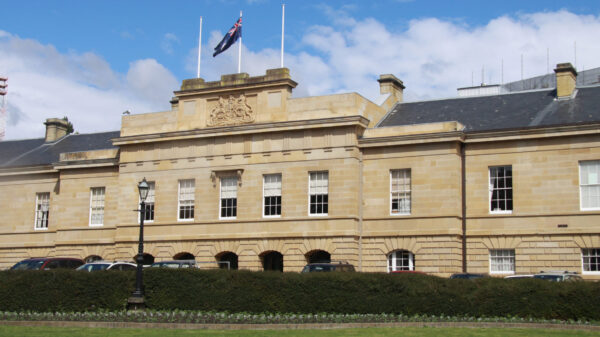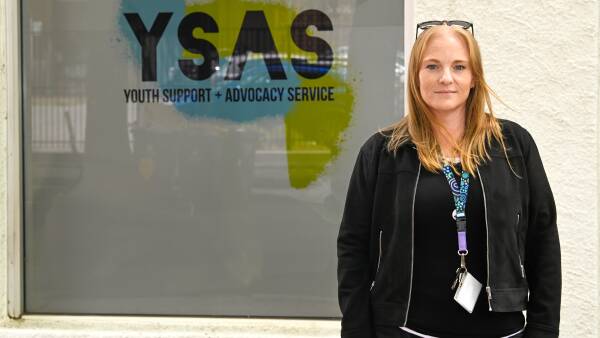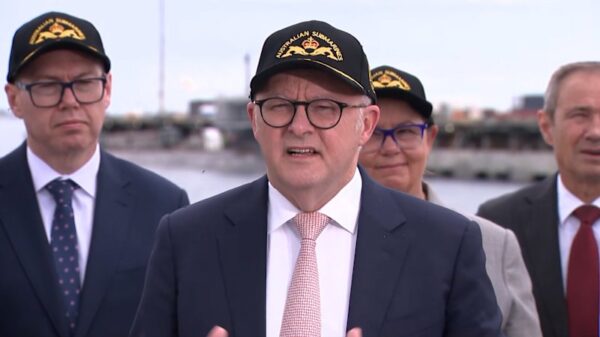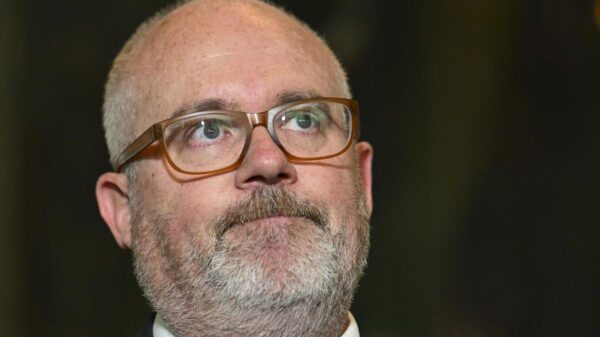A pressing debate has emerged in Victoria regarding the financing and expansion of electric vehicle (EV) charging infrastructure. As the state parliamentary inquiry examines how to develop a robust charging network, it faces a critical question: who should bear the costs of this infrastructure? Stakeholders are divided over the implications for both drivers and non-drivers in the electrification of transportation.
The inquiry is currently assessing the ownership and operation of publicly accessible pole-mounted chargers throughout Victoria. This initiative seeks to address the rapid growth in electric vehicles, which surged by nearly 240 percent from 20,125 in January 2023 to 68,370 by 2025. With the increasing demand for charging options, the inquiry is evaluating the rate of installation and the role of companies that manage the state’s electricity poles and wires.
One of the crucial aspects under discussion is the funding model for the expanding network. Proposals include the possibility of increasing energy bills for consumers, even those who do not own electric vehicles. This has raised concerns among residents about the fairness of funding a network that primarily benefits EV drivers.
Electricity distributors have expressed a willingness to support the development of public chargers along their existing infrastructure. However, this endeavor hinges on the Australian Energy Regulator determining how these installations will be integrated into the companies’ regulated asset base. If approved, this could enable the companies to recoup costs through consumer energy bills or potentially seek government funding.
The situation in Victoria mirrors recent developments in New South Wales, where plans have sparked significant public backlash. According to the Australian Financial Review, electricity networks in New South Wales proposed a model that would require taxpayers to finance 135 million AUD for the installation of 22,500 chargers statewide. While the initial maintenance costs would be covered, taxpayers could see their energy bills rise by as much as 1 AUD by 2034.
As discussions continue, the inquiry’s outcome will significantly influence the future of electric vehicle infrastructure in Victoria. The decisions made could set a precedent for how EV networks are funded across Australia and shape the feasibility of electric vehicles as a viable option for the broader population.



























































